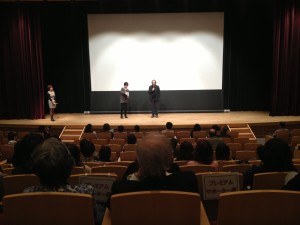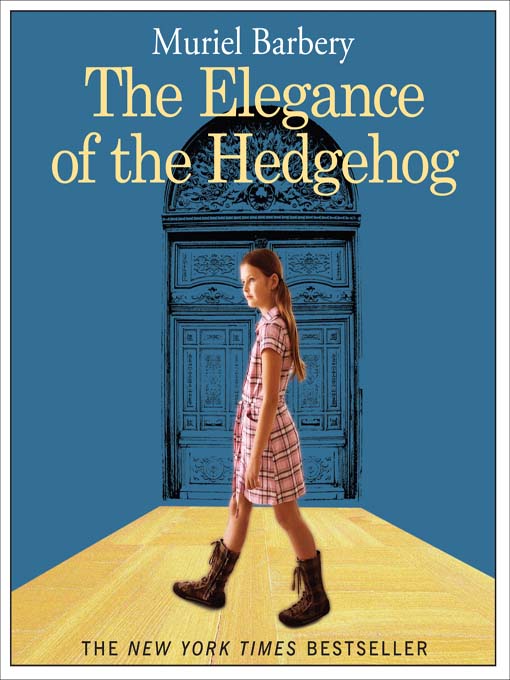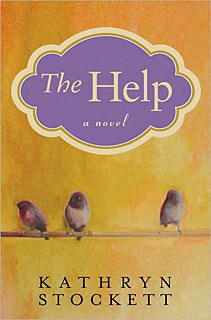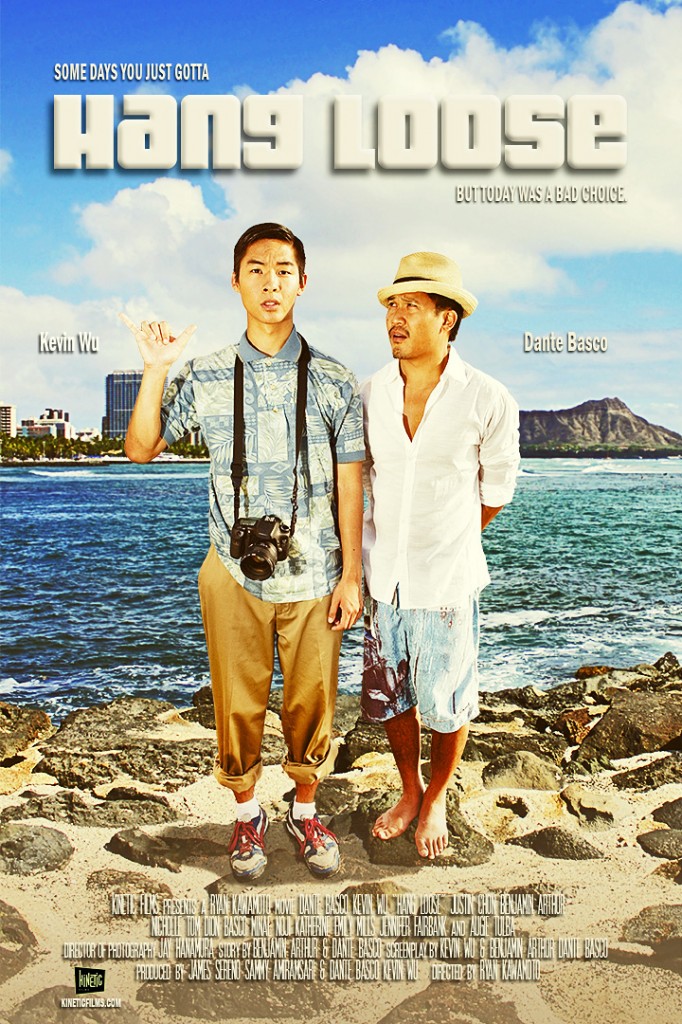Special Feature: The Osaka European Film Festival: Jîn and The Robber
Taking my own good advice from the November issue, I took myself off to Osaka to indulge in some European culture at the 20th anniversary of the Osaka European Film Festival. Over the festival’s final weekend I enjoyed two films at the Hotel Elséreine. Although on very different topics, both were well-executed examples of Europe’s cinematic talent.
First came Jîn. Directed by Reha Erdem, the film follows the titular protagonist, played by a magnificent Deniz Hasgüler as, having left her Kurdish guerilla group, she fights to survive in the Turkish outback.
The opening five minutes set the tone for the film. A sequence of spectacular panoramas and close-ups show us the beauty and ruggedness of the mountains which will be the background for our filmic journey. The peace of these almost documentary-style shots is suddenly shattered by cacophonous gunfire. This juxtaposition of peaceful nature and indiscriminate violence is a recurring technique. Following our dramatic introduction to the Turkish landscape (both physical and social), we meet Jîn at the moment she abandons her guerilla unit and chooses to take on the wilderness on her own.
Although her motive for leaving is never completely clear, and the aim of her journey ambiguous, Jîn’s struggle to escape from conflict and enter the civilian world is a modern-day fable of courage against the odds. At first glance the wild landscape in which she roams seems threatening, but we come to realise that it is her haven. Whilst living off the land is never exactly easy, the greatest threats she encounters are manmade. The few moments of human contact in the film are fraught with uncertainty, danger and predation, whilst the forest offers freedom, if not safety. Jîn comes to relate closest to the wild animals around her, even at one point referring to a bear as “comradeâ€. They are her equals in their respective fights for survival against the brutality of man.
At times the parallels with nature were a little overplayed for my taste; one such scene using a close-up shot of a lizard’s rising and falling chest to mirror Jîn’s harsh breaths following a narrow escape. However, the connection between the girl and her surroundings lends itself to a powerful message about the destructive nature of human conflict, and its effect on people’s and the natural world’s vivacity.
Whilst Erdem uses the Turkish-Kurdish conflict as a backdrop, the film becomes a universal metaphor for the devastation of conflict. Even with minimal dialogue the Turkish director’s 120 minute epic speaks volumes about the effects of unremitting war and gives an insight into a lifestyle we can barely imagine.
 In the post-screening discussion with Florent Herry (responsible for the breath-taking camerawork and majestic depiction of the province’s rugged beauty) it was fascinating to learn that Erdem conceived and realised the project in just three months. To avoid political pressure affecting the narrative it remained a “hidden movie†until post-production, and the director even turned down assistance from a guerrilla unit so as to avoid any element of bias. Herry explained that, as a secret project, the budget was incredibly limited, which makes the spectacular cinematography even more impressive. Polemical subject matter aside, any film whose ethereal camera work makes the idea of living in mountain caves attractive is a must-see.
In the post-screening discussion with Florent Herry (responsible for the breath-taking camerawork and majestic depiction of the province’s rugged beauty) it was fascinating to learn that Erdem conceived and realised the project in just three months. To avoid political pressure affecting the narrative it remained a “hidden movie†until post-production, and the director even turned down assistance from a guerrilla unit so as to avoid any element of bias. Herry explained that, as a secret project, the budget was incredibly limited, which makes the spectacular cinematography even more impressive. Polemical subject matter aside, any film whose ethereal camera work makes the idea of living in mountain caves attractive is a must-see.
The plot of the second film I saw was incredibly different: a marathon runner who robs banks. The Robber, directed by Benjamin Heisenberg and released in 2010, was an encore screening at this year’s OEFF, having been so well received its first time around. The film is based on the true story of Austrian record-breaking runner and criminal Johann Kastenberger, whose story was made into a novel in 2005 by Martin Prinz. The film made for a fascinating and exhilarating viewing; part action thriller, part engrossing character study.
Even putting aside the conventional assumption that the audience should relate to the protagonist in some way, you may still struggle watching the story unfold as questions about motive and the character’s emotional state remain frustratingly unresolved throughout. However, this could also be seen as Johann’s antisocial, sociopathic behaviour being rendered tangible for a spectator. Whilst in most films we get to know the leads in the first ten minutes, Heisenberg makes this the very crux of the film, and still after 97 minutes we are left with questions – not, perhaps satisfying, but certainly stimulating. But it’s not all about the psyche of our protagonist; no, add to that mystery thrilling chase scenes to rival Hollywood and you have a film which will keep you glued to the screen and constantly wondering how you can root for someone who shows no remorse.
Although the two films I saw could hardly have been more different from each other they both made me thankful for the freedom I enjoy. Both protagonists seemed to be trying to break free; Jîn sought to escape the violence of her daily life and Johann’s repeated criminal activity felt like a desire for reassurance of his freedom. Both are running towards and from destruction.
Festival director Patrice Boiteau’s wonderfully varied choices demonstrate how cinema can act as a window into stories, cultures and worlds we would not otherwise have the opportunity to experience or attempt to comprehend. I am already eagerly anticipating what the 21st edition of the festival will bring to Japan.
Charlotte Griffiths





